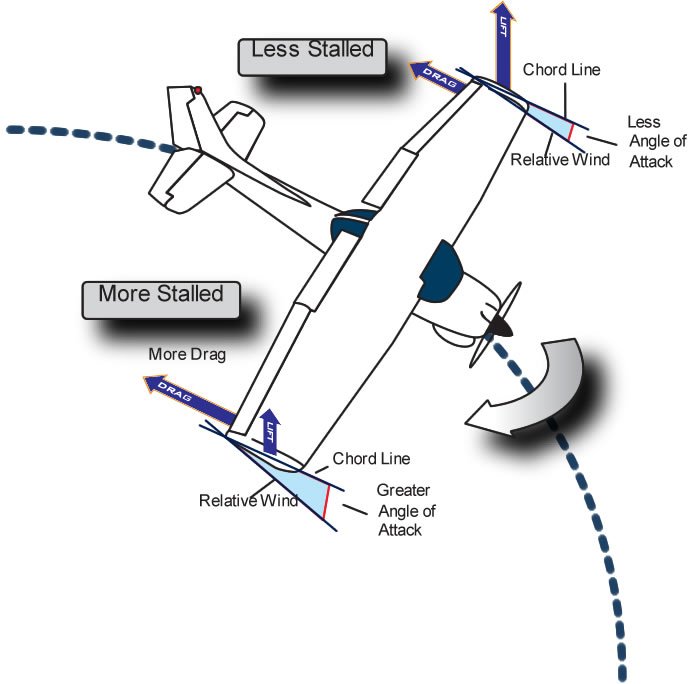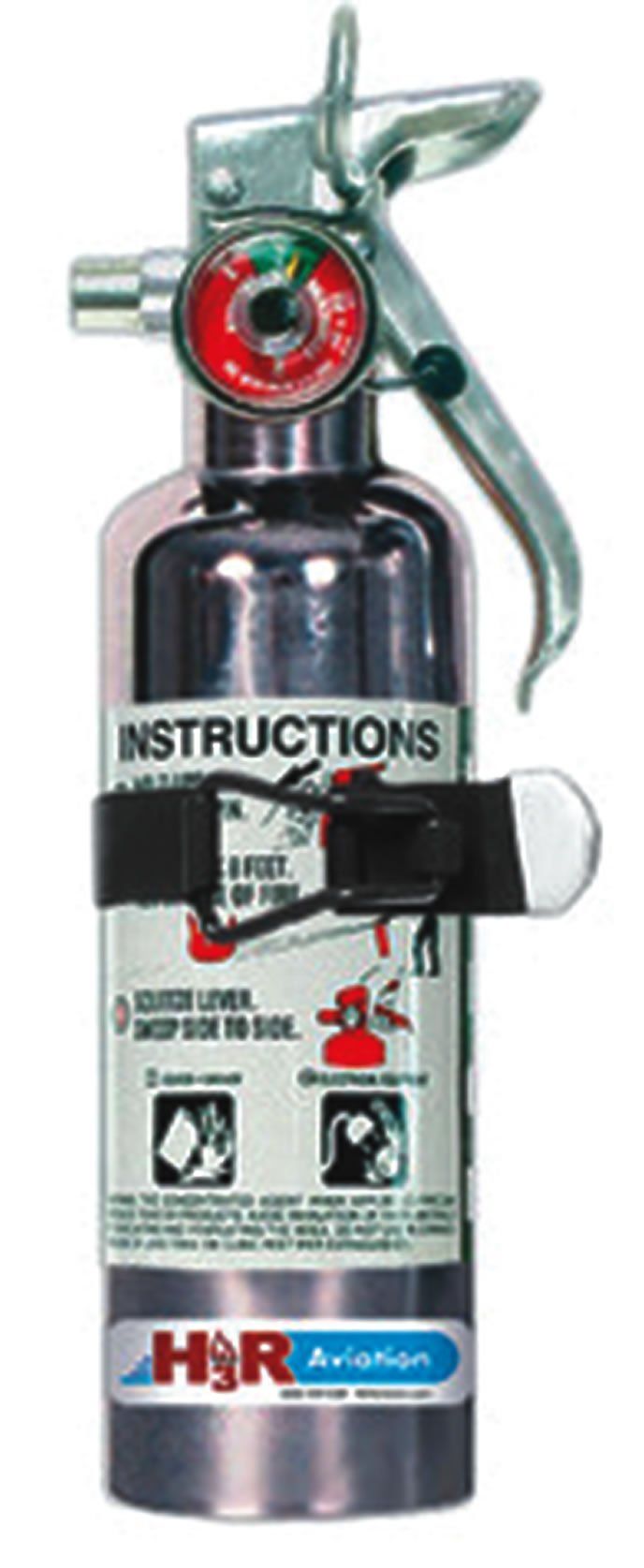Dr. Banner’s article in July’s issue, “In-Flight Fires,” mentions to bank 45 degrees during an emergency descent to create positive g loading and help offset negative g forces.
Question: Generally speaking, why can airplanes withstand (or be certified for) greater positive g load limits than negative? Stated another way: Why are negative g loads more restrictive?
Thanks for a great publication!
Dan C.
Winston-Salem, N.C.
Good question, for which there are two basic answers. The first involves the fact your airplane sitting on the ramp already is subject to 1g loading. The difference, then, between the normal category’s +3.8g and -1.52g isn’t as great as it initially appears.
The positive g loading a normal category airplane can sustain is “only” 2.8g more than it’s subject to at rest, not 3.8. Meanwhile, a certificated normal-category airplane must withstand -2.52g difference from normal. Put in these terms, there’s not that much difference between the two values.
The second answer is the airframe is much less likely to encounter extreme negative g loading in flight than it is the positive kind.

Learning Spins
Clint Lowe’s article in June’s issue, “Spin Training,” parallels my experience of some 50 years ago. I was learning to fly at Arrowhead Airport, a small field in St. Louis. During training, my instructor taught me spins. At the time, spin training was not required by the FAA. Fortunately he taught me what to do.
On a nice day, I was soloing a Cessna 150. Having just learned slow flight, I decided to practice. Full power, stall horn yelling, I had it nailed. Having conquered the world with slow flight, I decided to perform a departure stall.
Wham! I was in a spin, no doubt the result of my being so focused on slow flight that I did not perceive I was in uncoordinated flight. I was lucky, though, and quickly recovered. Now rattled, I decided to do simple arrival stalls. Pulled the power back and—wham again!—the engine quit. I quickly realized I had not engaged carb heat. I pushed the nose down to windmill the prop and the engine started. I landed, went home and had a stiff drink.
Fifty years and 7000 hours later, flying is still my passion. And I have had other sobering experiences. Sometimes, it’s better to be lucky than it is to be smart!
John Rolls
Armonk, N.Y.
Spin training wasn’t required for our private certificate, either. As we recall the rationale for ending spin-training requirements for the private, more accidents were resulting from the training than it was designed to prevent. The modern airplanes beginning to be available at the time were more “spin-proof,” also, if there really is such a thing.
If we weren’t convinced requiring spin training for the private and sport pilot certificates would mean even fewer students would complete their training, we’d advocate it. But even without the requirement, students can request it, something we recommend.
More Lightning
Based upon my training on lightning safety, your standards of behavior for ground personnel in Mike Hart’s July 2015 article, “Managing Lightning,” will put ground personnel in extreme danger of being victims of a lightning strike.
At least one government reference states that lightning can strike 15 miles away from a storm. Other recommendations are that if you can hear the thunder, you are in the danger zone. Based upon my research with these and other authoritative sites, all of the distances and associated actions are woefully inadequate for safety.
Russell Smith
El Paso, Texas
You’re right. According to NOAA, “It appears the safety rules need to be modified to increase the distance from a previous flash which can be considered to be relatively safe, to at least 10 to 13 km (6 to 8 miles).”





I believe every student should experience at least one spin. I don’t care if they do one. Just the experience of being shown the entry while in an extremely cross controlled configuration is very educational and might save a life. There are various maneuvers which prevent some students from completing their training. Landing comes to mind! We can’t eliminate all of them. Even though spins are supposedly required for CFI candidates there are many who are even terrified of stalls. If they had done spins and understood how they are initiated and recovered from a they certainly wouldn’t be afraid of stalls.
A pilot should be aware that spin avoidance is the most important reason to use right rudder instead of right aileron to keep the wings level in a high power nose high attitude. The reason for the dramatic and immediate spin entry is because when you use right aileron you increase the effective AOA of the left wing with the lowered aileron and decrease the AOA of the right wing with the raised aileron. With the left wing stalled and right wing still flying you get a very dramatic spin entry. This is why you show them what happens when you use no right rudder and only right aileron as you approach a power on stall. They probably won’t forget this spin ever. The entry you get when you use right rudder and neutral ailerons is very slow and lazy and takes a completely slow and lazy revolution to finally get the spin started. This entry is not realistic compared to the way it will really happen in an accidental spin at low altitude where you will be in a full spin just before you pancake into the ground.